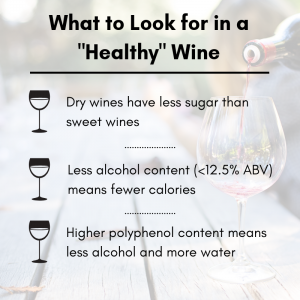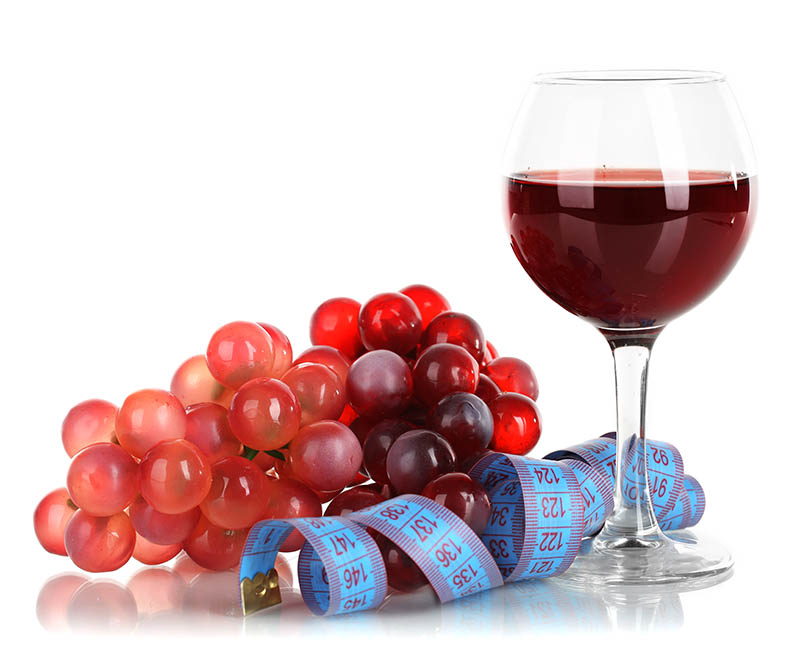Enjoying a nice glass of wine is a great treat, but many drinkers these days are worried that their favorite chardonnay might be setting them back at the gym.
You’ve heard for years that a glass of red wine can be good for the heart, but the sugar and carbs could contribute to different health issues.
Wine companies are capitalizing on consumer’s desires to stay fit, but still drink, by offering low-sugar and low-carb wines as a part of their portfolios.
Why the rise in health-conscious wines
The total volume of wine consumed decreased by 1.2% last year, the first time this dipped in nearly 26 years in the United States, according to Wine Vine Analytics. Experts are attributing this decrease to the aging Baby Boomer generation who are drinking less for health reasons and millennials who are super health-conscious.
Consumers are being inundated with diet trends such as the Keto diet. “Going Keto” is the epitome of low-carb, and having more than a glass of wine could derail your body being in ketosis, which means your body stops burning fat.
Women — historically a target population that health and fitness products have been over-marketed to — consume 60% of all wine now, making them an ideal target for “healthy wine” marketing.
While there’s a legislative push for more nutritional information on food, alcoholic beverages have been exempt from these laws.
According to research by NCBI, US consumers paid more attention to nutritional labels compared to consumers in other countries. Of the respondents, 24% said they change their habits based on what’s on food labels.
Of what information they’d like to see added to the wine labels, American respondents wanted to see more nutritional value and any possible side effects drinking wine could cause.
This supports the trend that American drinkers are becoming more health conscious.
What the brands are doing
Brands are listening to the health trends and make products to match.
While it’s illegal in the United States to advertise any “health benefits” of wine, brands are seeing that consumers are attracted to descriptors such as “gluten free,” “low-carb,” “low-calorie,” and organic.
WW, formerly Weight Watchers, launched its own brand of wine called “Cense” a couple of summers ago. WW users track food and drinks using points allocated based on the caloric density. Typically, a glass of wine was worth four points; their Cense brand is worth three. In caloric terms, one 5-oz serving is about 80 calories vs. a typical glass of wine that can range in the 140s.
The brand Fit Vine boasts a variety of 10 different wines that have less sugar, fewer sulfites, and no flavor additives. The brand’s website says, “We love our workouts, but we also love our wine! … We’re proud to say we’ve created great tasting wines to enjoy tonight without sacrificing tomorrow.”
What consumers are looking for in a “healthy” wine
When shopping for wine, consumers have been advised to stay away from super sweet wine. Dry wines have less carbs and sugar.
Consumers are also looking for wine with less alcohol content, ideally something less than 12.5% ABV.
Finally, wines with higher polyphenol content means there’s less alcohol and more water in the wine.

How your brand can join the healthy trend
While it’s likely not practical to revamp your entire wine making process to reduce sugar, think about adding information to your label so consumers can compare your brand to others.
If you do happen to have a line of dry wines, consider marketing them to be “keto-friendly,” playing into the new diet craze.
Also, do your research. More closely examining data trends can provide insight as to what types of grapes you should be planting and wines you should be producing in the next three to five years.
Overall, consumers are looking for healthier options, so thinking about this trend and that it’s here to stay will be key in your long-term planning.
- 87% of Utilities Have Experienced at Least One Data Breach in Last Three Years - February 5, 2024
- Can Drones Lower Your Next Utility Bill? - January 10, 2024
- Onshore Wind Farms Are The Next Big Thing In Renewable Energy - December 6, 2023




